You don't have to choose between uncontrolled drinking and total sobriety. You can cut back on alcohol while keeping your social life intact by going soberish, intentionally cutting out most alcohol use while enjoying a drink or two when you want to. Now, it’s even easier to cut back because you can still enjoy social buzz with healthier alcohol alternatives.
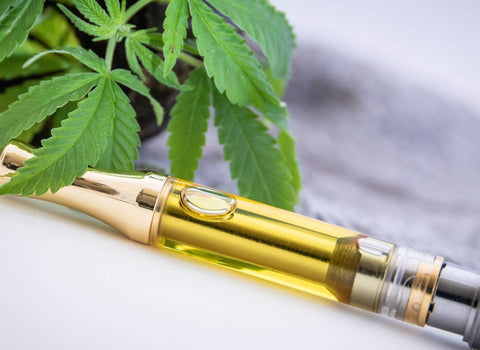
THC drinks are the smartest soberish solution. They relax you and ease social anxiety just like alcohol does, but without destroying your liver, ruining your sleep, or causing hangovers. With nama beverages, you can reduce your drinking while still enjoying an uplifting buzz.
Is it better to cut back or quit drinking?
From a strict health perspective, it’s better to quit drinking. Even small amounts of alcohol can negatively affect your organs, mood, and mind, and alcohol isn’t nutritionally necessary. But alcohol is a deeply ingrained part of culture and socialization, so complete abstinence is often impossible.
If you drink regularly, it might be challenging or dangerous to quit cold turkey. People who suffer from alcohol use disorder risk serious withdrawal symptoms, such as confusion, hallucinations, and seizures.
Whether you’re a social drinker or you think you might have a problem, it’s easier and more sustainable to cut back on alcohol instead of quitting altogether. People are going soberish because they want to replace some of their drinks with alternatives that won’t wreck their physical or mental health.
Here are some strategies that make it easier to cut your alcohol consumption without becoming a monk:
1. Set weekly drink limits and track your consumption
Start by calculating how many units of alcohol you consume per week, then set realistic limits based on low-risk drinking guidelines. Track every drink to spot patterns in your current habits. Many people discover they drink more during social events or after stressful workdays without realizing it.
You can track standard drink sizes on paper or with your phone. One beer, one glass of wine, or one shot equals roughly one unit. This awareness helps keep your habit in check without requiring dramatic changes.
When you see the actual numbers, you can make informed decisions about when to drink and when to skip it.
2. Alternate alcoholic drinks with non-alcoholic alternatives
Replace every other alcoholic drink with sparkling water, nonalcoholic beer, or THC beverages to slow your consumption. This strategy works especially well at social events where you want to fit in without overdoing it. You still participate in the social ritual while cutting your intake in half.
Our Buzz Drops™ make this approach simple and delicious. Add one dropper to any beverage to create delicious buzztails™ that give you the relaxation you want without the hangover.
Mix our liquid THC drops with cranberry juice and lime for a refreshing mocktail, or add them to sparkling water with fresh mint. You control exactly how buzzed you want to feel by adjusting the number of droppers you use.
3. Create alcohol-free days during the week
Pick days when you won’t drink at all, like "no alcohol Monday through Wednesday." Drink-free days help your liver recover and help break the habit of reaching for a drink. Start with two consecutive days, then gradually add more.
Plan activities for these alcohol-free evenings that don't revolve around drinking. Cook a new recipe, go for a walk, read a book, or work on a hobby. Having a plan prevents boredom that might lead you back to drinking.
Going soberish means you set the boundaries that make sense for your life, whether that's three dry days a week or saving drinks for weekends only.
4. Find new social activities that don't revolve around drinking
Expand your social circle beyond bar meetups and happy hours. Try morning coffee dates, hiking groups, fitness classes, or hobby clubs where alcohol isn't the main focus. These activities help you build relationships based on shared interests rather than shared drinks.
Suggest alternative plans when friends invite you out for drinks. Host a game night, organize a group bike ride before dinner, or meet for lunch instead of evening drinks. Genuine connections happen more easily when everyone's sober and present. Plus, you save money and avoid the pressure to keep up with heavier drinkers in your group.
5. Choose quality over quantity when you drink
Focus on having fewer, higher-quality drinks instead of mindlessly consuming average-strength beer or cheap wine throughout the evening. Set specific occasions for alcohol rather than making it a daily habit. Save drinks for special occasions, dinner parties, or weekend celebrations instead of having wine with every meal.
When you do drink, choose something you really enjoy and savor it.
Between planned drinking moments, use THC beverages to unwind after work or socialize with friends. Buzz Packs™ slip easily into your wallet. They contain 5 mg of THC and 5 mg of CBD per packet, so you can transform any drink into a relaxing buzztail wherever you happen to be.
Best nama THC drinks for cutting back on alcohol
Replace your usual drinks with cannabis mocktails that deliver the same social buzz without the downsides.
- Try our cannabis-infused Bloody Mary for weekend brunches when you want the ritual without regret. The savory flavors mask any hemp taste while delivering morning relaxation.
- Our cucumber mint cannabis mocktail offers refreshing hydration that's perfect for summer gatherings or after-work unwinding.
- The blueberry thyme cannabis mocktail combines antioxidant-rich berries with herbal notes for an elevated evening drink.
- For coffee lovers, the cannabis-infused espresso martini gives you energy and relaxation in one sophisticated sip.
Find more recipes in our cannabis drink recipe collection to create endless variations that fit your taste and mood. All recipes work with Buzz Drops or Buzz Packs, and you control the strength by adjusting your dose. Both products use hemp-derived cannabinoids, ship free to 48 states, and create gentle euphoria without overwhelming effects.
Ditch alcohol. Microdosing lasts 3–6 hours with no hangover, empty calories, or health risks.
Learn why nama is the best place to buy soberish alternatives to alcohol, and start your journey toward healthier habits.
Order from nama today and stop letting alcohol control your social calendar.
Product QUIZ
Need help deciding what product is best for you? Take our quiz, just three questions until your perfect match!
Soberish drinking habits FAQ
The 1-2-3 drinking rule helps you pace alcohol consumption safely: limit yourself to 1 standard drink per hour, cap each session at 2 drinks maximum, and take 3 drink-free days weekly. This structure prevents excessive drinking while giving your liver regular recovery time. Following this pattern supports your physical health and makes it easier to maintain healthy routines without feeling restricted during social events.
Wait 20 minutes before ordering your next drink to let the alcohol fully absorb and assess how you feel. Your body needs time to process each drink, and this pause prevents you from consuming too much too quickly. The 20-minute gap helps you recognize when you've had enough.
A nightly drink doesn't automatically mean you have alcohol use disorder, but it can affect your health over time. The American Psychiatric Association defines problematic drinking by consequences, not frequency. If nightly drinks don't interfere with work, relationships, or health reasons, you might not need professional intervention. However, daily habits are harder to break and often lead to tolerance, requiring more alcohol for the same effect.
According to recovery experts, alcohol changes brain chemistry and becomes woven into your social cues and daily routines. Your body adapts to regular alcohol intake over time, making sudden changes feel uncomfortable physically and emotionally. Social pressure, boredom, and stress triggers make breaking the pattern challenging. That's why going soberish works better than quitting cold turkey if you don't have serious addiction issues.
Alcohol withdrawal symptoms typically peak within 24–72 hours and resolve within a week for most people. Heavy drinkers may experience longer detox periods, while light to moderate drinkers often feel better within days. Severe cases involving delirium tremens require medical supervision and addiction medicine specialist care. If you're cutting back gradually rather than stopping completely, you'll avoid most withdrawal symptoms entirely.
Top Sellers
New? Start with our Ultimate Sampler!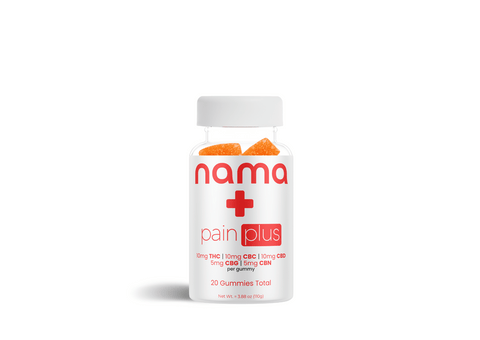
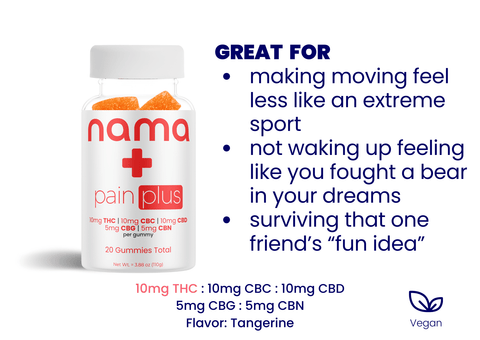
THC: 10 mg | CBC: 10 mg | CBD: 10 mg | CBG: 5 mg | CBN 5mg
Further reading
How to complete a soberish month
What are the health benefits of going soberish?
The difference between being soberish and sober curious
Can a soberish lifestyle lower your alcohol tolerance?
The best soberish alternatives to alcohol
Why is going soberish good for your gut health?
References
“Psychiatry.org - Alcohol Use Disorder.” American Psychiatric Association, https://www.psychiatry.org/patients-families/alcohol-use-disorder. Accessed 20 August 2025.
Okey, B. (n.d.). What are the effects of alcohol on the brain? Ardu Recovery Center. Retrieved August 20, 2025, from https://www.ardurecoverycenter.com/alcohol-effects-on-brain/
Alcohol withdrawal. (2025, January 1). MedlinePlus. Retrieved August 20, 2025, from https://medlineplus.gov/ency/article/000764.htm
nama CBD FDA & legal disclaimer
Our products are not intended to diagnose, treat, cure, or prevent any disease. They are not a replacement for prescription medications and have not been evaluated by the U.S. Food and Drug Administration (FDA).
The information provided on this website does not and is not intended to constitute legal advice or any statement of the status of any laws. Any information, content, and materials available on this site are for general informational purposes only and are not intended to be relied upon for any purpose.
Readers of this website should contact their attorney to obtain advice concerning any particular legal matter, including decisions on what products are, or are not, legal to sell, possess, or consume. No reader, user, or browser of this site should act or refrain from acting based on the information on this site without first seeking legal advice from their own counsel in the relevant jurisdiction.
About
Learn
Join us on this journey

© Copyright 2025 nama Products LLC. All Rights Reserved.
†These statements have not been evaluated by the Food and Drug Administration. These products are not intended to diagnose, treat, cure or prevent any disease. All information presented here is not meant as a substitute for or alternative to information from health care practitioners. Please consult your health care professional about potential interactions or other possible complications before using any product.
††The information provided on this website does not, and is not intended to, constitute legal advice or any statements of the status of any laws. Any information, content, and materials available on this site are for general entertainment purposes only, and are not intended to be relied upon for any purpose.

By clicking ‘Yes,’ you agree to our
Terms & Conditions and Privacy Policy
123 John Doe Street
Your Town, YT 12345
Store Hours
Sun: Closed
Mon-Fri: 9:00 - 17:00
Sat: 10:00 - 13:00
What to expect at pickup
Closed
Closing at 5pm
Closing at 5pm
Closing at 5pm
Closing at 5pm
Closing at 5pm
Closing at 1pm
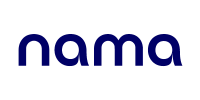
![Buzz Drops™ [THC Drink Drops]](http://www.namacbd.com/cdn/shop/files/nama_thc_buzz_drops.png?v=1711412866&width=480)
![Buzz Drops™ [THC Drink Drops]](http://www.namacbd.com/cdn/shop/files/buzz-drop-wine-comparison.png?v=1736882023&width=480)
![Buzz Packs™ [THC and CBD Powder Drink Mix]](http://www.namacbd.com/cdn/shop/files/nama_buzz_packs_thc_drink_pack_white_background.png?v=1741884660&width=480)
![Buzz Packs™ [THC and CBD Powder Drink Mix]](http://www.namacbd.com/cdn/shop/files/Buzz_Packs_Label.png?v=1741884660&width=480)
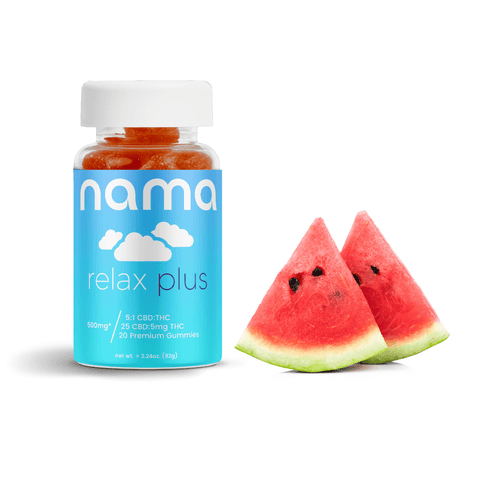
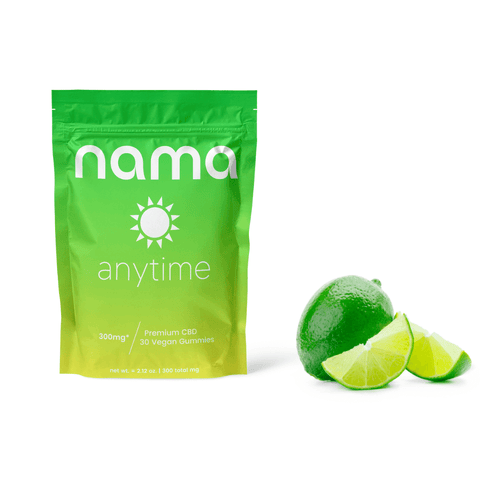
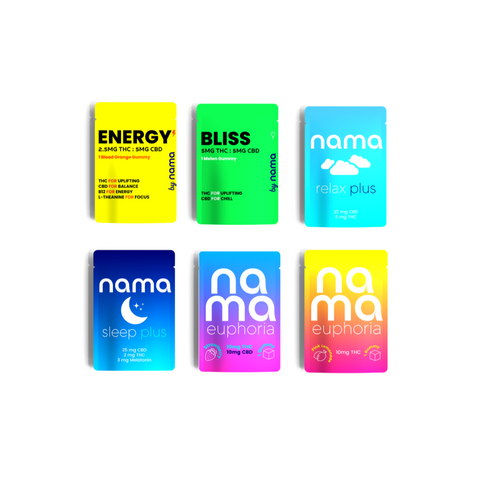
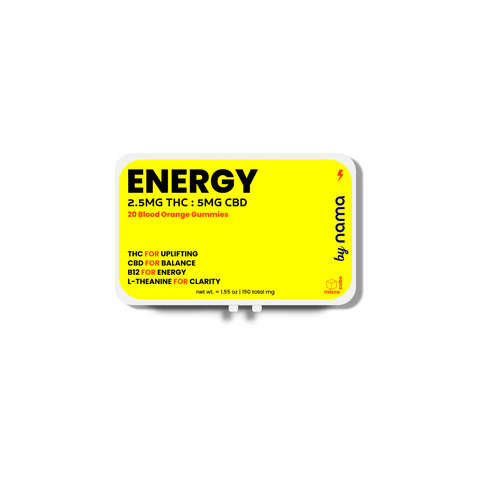
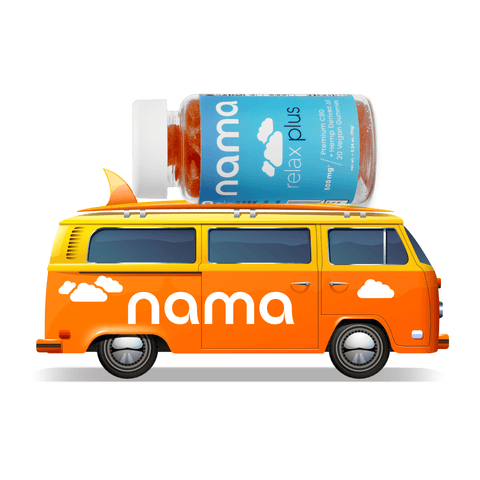
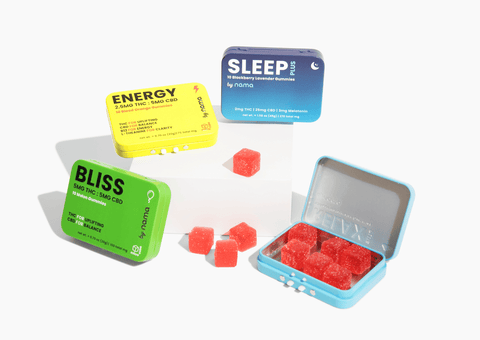
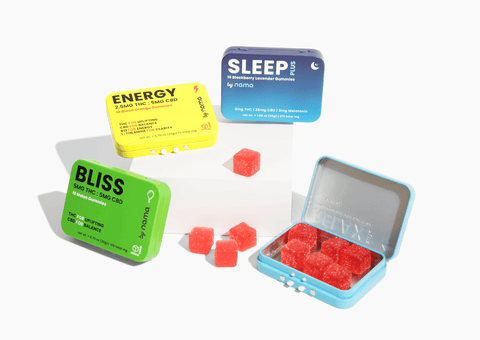

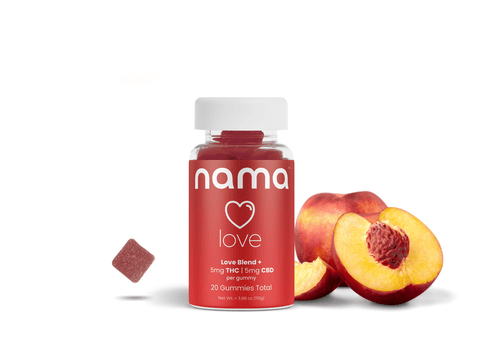
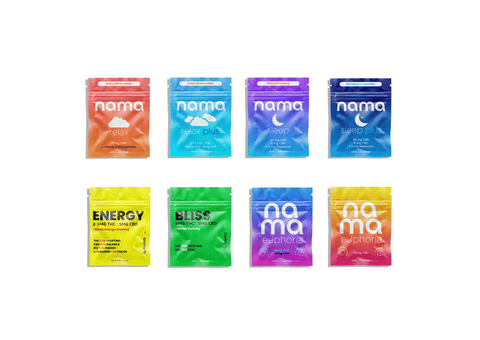
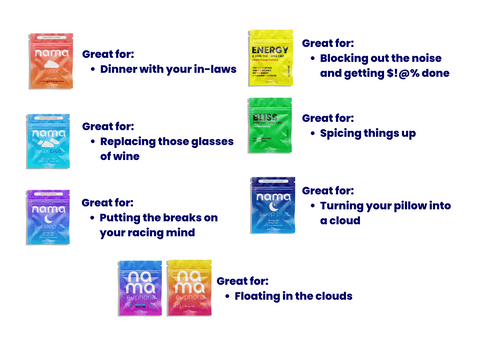
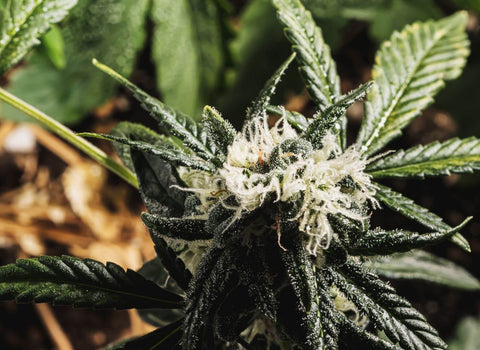
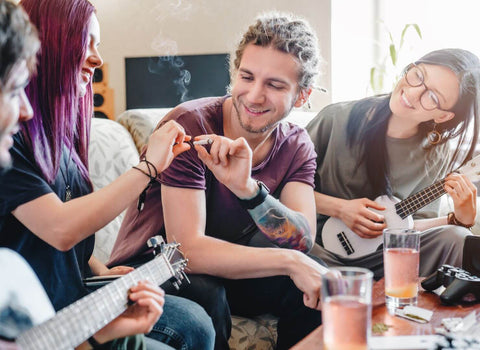

Comments (0)
There are no comments for this article. Be the first one to leave a message!